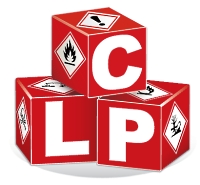Programvara för skyltning och etiketter
Software Development Kit (SDK)
Processbrytning/låsning och Scafftag
Rörmärkningar och ventilidentifiering
Installationsteknik (på engelska)
Lösningar för produktidentifiering
Kabel- och ledningsidentifieringslösningar
Lösningar för arbetsplatssäkerhet
Lösningar för laboratorieidentifiering
Skriv ut dina egna identifieringslösningar
RFID-etiketter / Smart märkning
Integrering av automatiserad etikettering och etikettutskrift
Prenumerera på vårt nyhetsbrev
Meet the Regulation Standards!
The Health and Safety (Signs & Signals) Regulations 1996 require all employers to identify any pipes conveying dangerous substances. Several norms exist across Europe, which indicate how pipes should be identified. Pipes transporting dangerous and hazardous substances must be identified with the relevant danger symbol and the name of the hazardous or dangerous substance.
Safety first!
Unmarked pipes are a danger to both life and property. Accidents, injuries and damage to equipment can be caused by people not knowing what individual pipes contain.
The economical choice!
By correctly identifying pipes, errors can be prevented. Accidents caused by negligence lead to both physical and psychological grief and often cost companies large amounts of money.
Save time!
The correct identification of pipes ensures a better insight into a building’s structure – and gaining such an insight with speed and clarity is of vital importance for new employees and temporary staff. It will also make maintenance work easier and prevent time-consuming searches. If an accident does occur, correct identification can help to save valuable time - and even lives.

REGULATORY EXPLANATION - GHS & CLP
On the 28th of November 2008 the European Council adopted the GHS regulation. The publication followed on the 31st of December 2008, meaning that GHS can now be applied as of the 21st of January 2009.